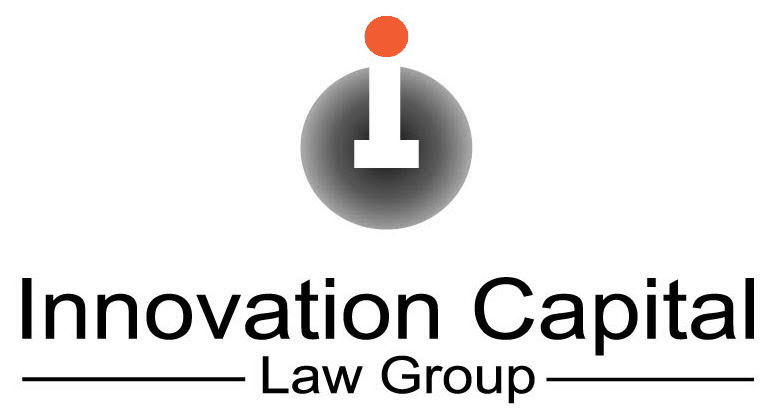What is a patent abstract?
A patent abstract is a short section of a utility patent that concisely summarizes the invention. Preferably located after the claims, the abstract should commence on a separate sheet under the heading “Abstract” or “Abstract of the Disclosure.”
The purpose of the abstract is not to disclose all the details of the invention, but rather to provide a concise statement of the invention to enable readers to decide if they should read the patent specification for further details.
When preparing a utility patent application, the applicant should pay particular attention to certain rules regarding the abstract since it is one of the areas that often leads to errors and objections.
Need to file a proper and robust patent application? Contact US patent attorney Vic Lin at vlin@icaplaw.com to explore working with us.
Why does the abstract of the disclosure matter?
Since abstracts are required, they matter because of the potential mistakes that can be made. Many of the common abstract pitfalls can lead to further delay and costs. To avoid making those common mistakes, a few key rules should be followed in preparing this short section of the patent application.
What terms should the abstract avoid?
MPEP 608.01(b) provides guidelines for preparing patent abstracts. Essentially, the abstract should be written in narrative form with clear and concise language.
There is a tendency to summarize the invention by simply paraphrasing an independent claim. While you may be able to get away with such paraphrases in the Brief Summary of the Invention [see MPEP 608.01(d)], such an approach can lead to an objectionable abstract.
The following are terms and phrases that should be omitted from the abstract:
- “This disclosure concerns”
- “The disclosure defined by this invention”
- “This disclosure describes”
- “means”
- “said”
Furthermore, the abstract should not refer to merits or advantages of the invention, or compare the invention to the prior art.
What are key requirements for the abstract of the disclosure?
Besides avoiding the terms above, the abstract should contain no more than 150 words and 15 lines of text.
One of the most common issues with new US utility applications claiming priority to a foreign application is an abstract with over 150 words. In such cases, we recommend correcting the abstract upon the initial filing of the application to avoid an unnecessary Office Action and the resulting chores of docketing the deadline, reporting it to the client, filing a response, etc.
How should abstracts be written in foreign and PCT patent applications?
Perhaps, the easiest way to comply with US practice would be to draft an abstract in less than 150 words. No matter what language the foreign or PCT application is originally written in, keep the abstract brief. This can avoid the need for a Preliminary Amendment when filing a US national stage or direct priority application.
How can you correct the patent abstract?
If you are filing a new US application containing a conventional priority claim (Paris Convention), then the abstract can simply be revised in the specification itself without need to show markings.
If you are entering the US national stage of a PCT application, then a Preliminary Amendment with a marked-up version of the amended Abstract should be filed with the initial filing of the national stage application.
Is a patent abstract required?
Yes, a patent abstract is required. 37 CFR 1.72 sets forth the requirements.


